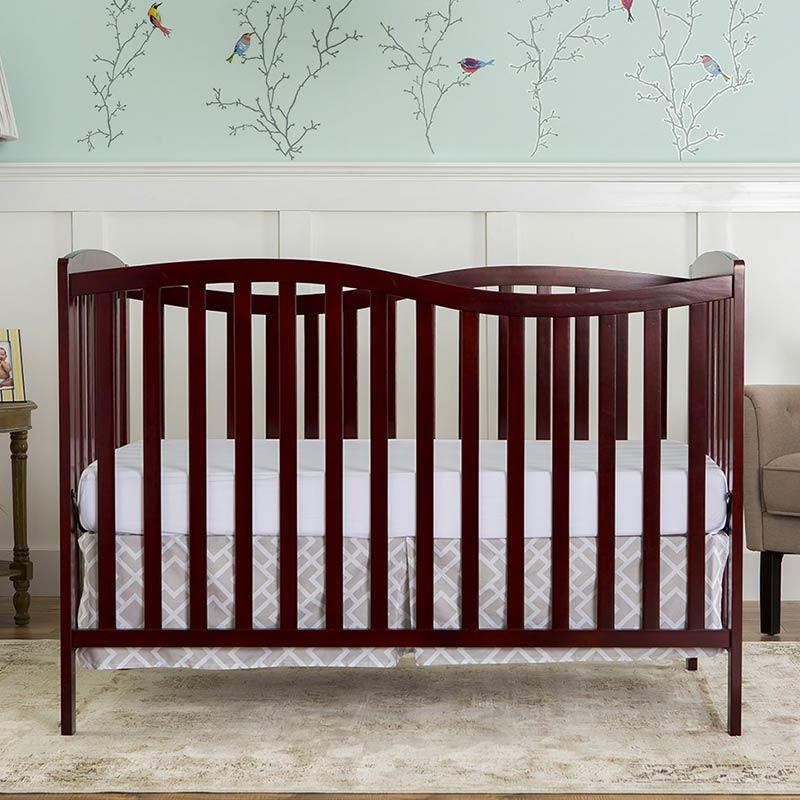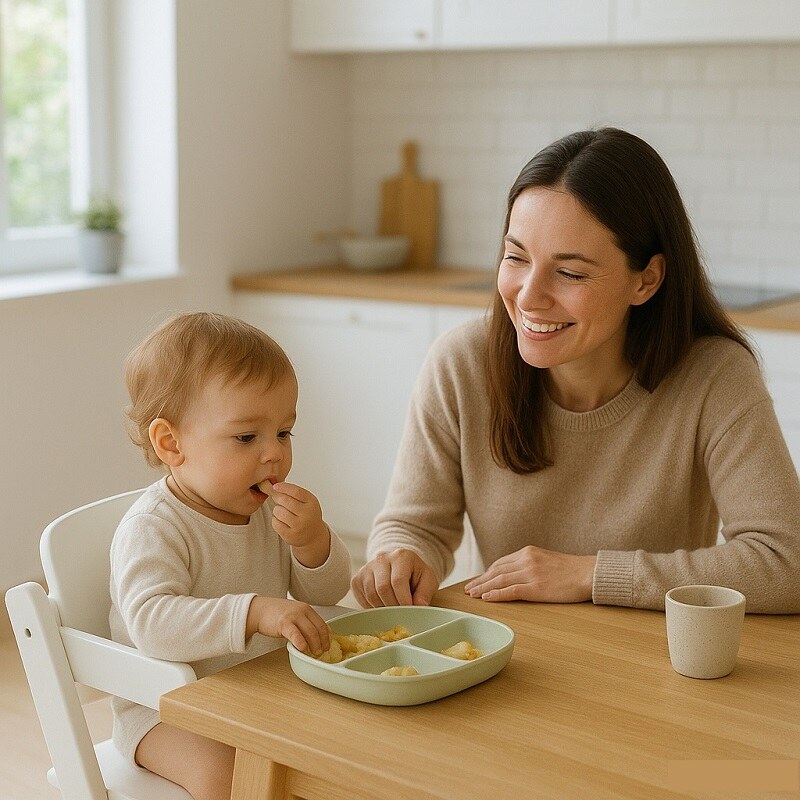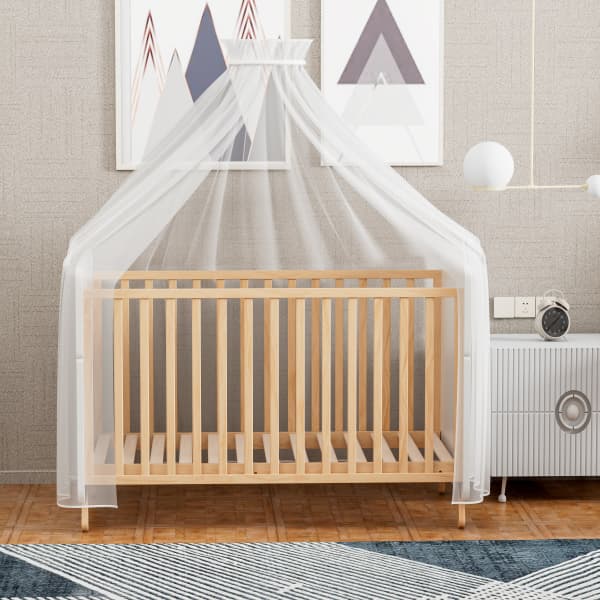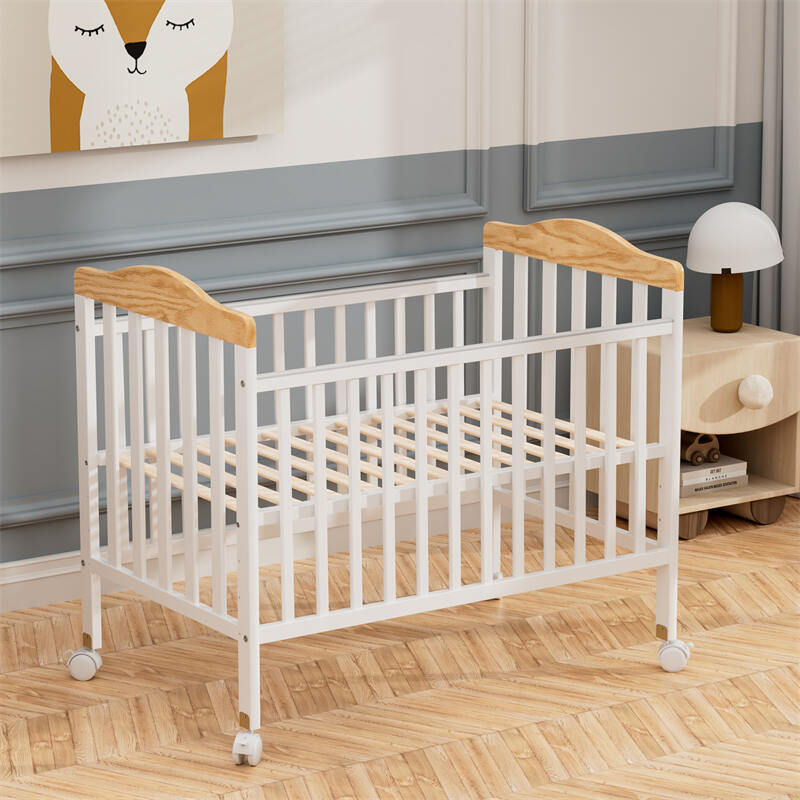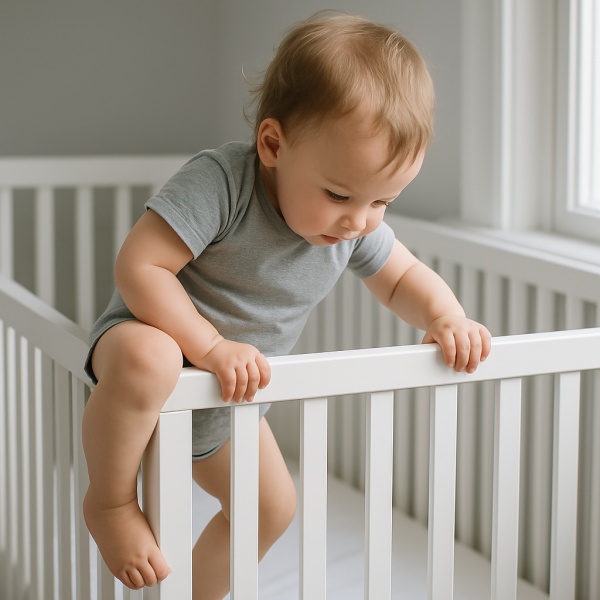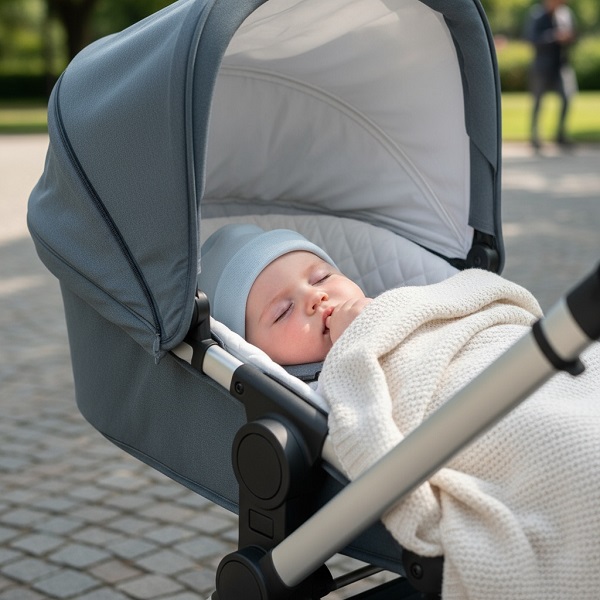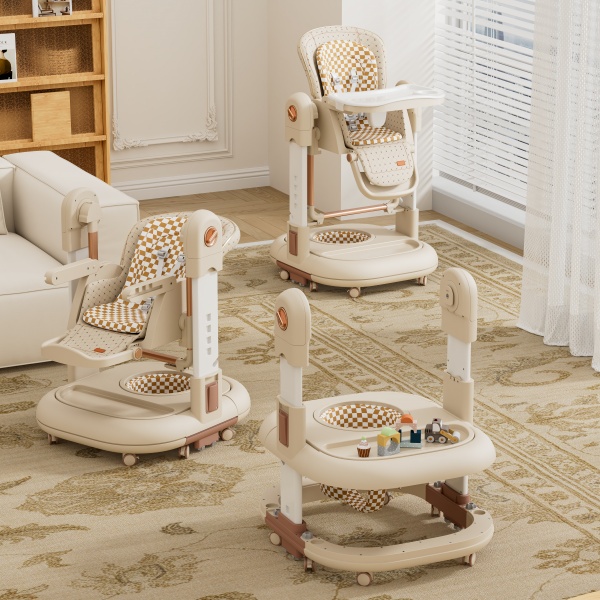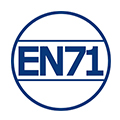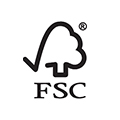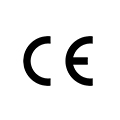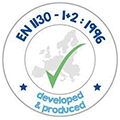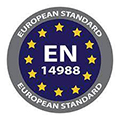In early 2025, there were several crib recalls that raised concerns among parents and caregivers. In January, the CPSC warned consumers to immediately stop using a certain brand of 6-in-1 convertible cribs that violated federal crib safety standards and posed multiple risks.
In the latter part of 2024 and early 2025, South Shore issued a recall of certain crib models because of risks related to infant entrapment. Although no related incidents were reported, the company still recalled the product in exchange for a refund.
Crib recalls are not uncommon. In fact, dozens of cribs have been recalled over the past decade due to structural defects, choking hazards, and failure to meet the latest safety standards. Although regulatory agencies such as the U.S. Consumer Product Safety Commission (CPSC) and the American Society for Testing and Materials (ASTM International) continue to update safety standards, not all hazards can be effectively prevented before cribs are put on the market.
This guide is not only about recalls, but also about practical protection measures. We’ll explain how to check if your crib is affected, what to do if it is, and how to choose a safer crib in the ever-changing market of 2025.
What Is a Crib Recall and Why Does It Happen?
A crib recall is an official action—typically issued by government safety agencies like the U.S. Consumer Product Safety Commission (CPSC) or Health Canada—that removes a hazardous crib from the market and alerts parents to stop using it immediately.
When the CPSC determines that a crib poses a safety risk or violates a federal safety standard, it may require the manufacturer or distributor to recall the product. This is a mandatory recall, and it is usually the result of an injury report, a consumer complaint, or a failed safety inspection.
Sometimes, manufacturers voluntarily recall cribs after discovering a defect internally or working with the CPSC. In these cases, the manufacturer works with the CPSC to issue a public recall notice.
Typically, the baby bed manufacturer is responsible for processing the claim and offering appropriate remedies, such as a repair, replacement, or refund. They may also instruct consumers on how to safely dispose of or return the recalled product.
Recalls happen when a crib’s design, materials, or manufacturing defects pose an unacceptable risk to infants, such as:
- Entrapment or suffocation from slats spaced too widely
- Collapse hazards due to weak joints or failing hardware
- Lead paint or toxic material violations
- Strangulation risks from loose screws, detached drop-sides, or faulty mattress supports
Why do so many cribs get recalled? Crib regulations have tightened dramatically in recent years—especially after the 2011 ban on drop-side cribs in the U.S. and Canada. However, some manufacturers still cut corners, using cheaper materials or designs that barely meet (or sometimes violate) current rules.
Additionally, some products may pass initial safety testing but fail after a few months of use, and some hazards only become apparent over time. Perhaps most frustrating are the recalls that only happen after parents report problems. There’s often a lag between when a hazard appears and when officials take action.
Notable Crib Recall Events
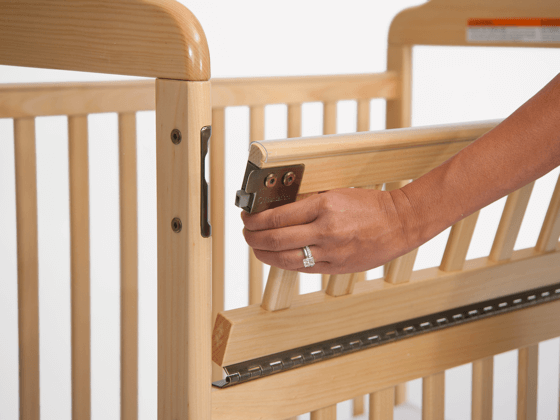
Jardine Cribs (2008)
In 2008, Jardine Enterprises recalled three models of wooden cribs, about 320,000 cribs, after receiving multiple reports of broken slats and side rails. The reason was that the slats broke and gaps could entrap babies (approximately 19 incidents).
Delta Drop-Side Cribs (2008)
In 2008, Delta recalled up to 1.6 million drop-side cribs following two infant deaths and several reports of hardware failure. The cribs are being recalled because they are missing safety latches, which could cause the side rails to fall off, creating a gap between the mattress and the crib wall, leading to entrapment or suffocation of an infant.
Stork Craft (2009)
In 2009, a major recall was issued for 2.1 million Stork Craft drop-side cribs following multiple reports of the drop-side detaching from the crib frame. The defect was linked to plastic hardware that could wear out, break, or malfunction over time, leading to the drop-side detaching from the crib frame.
Fisher‑Price Rock ‘n Play Sleeper (2019 Recall – Legacy in 2025 Standards)
The Rock ‘n Play Sleeper was associated with approximately 100 infant deaths, primarily due to suffocation risks posed by its inclined design, which can cause a baby’s airway to become restricted during sleep. It was officially recalled in 2019. Subsequent congressional investigations and revised safety rules led to new regulations banning inclined sleep products, culminating in 2023’s Safe Sleep for Babies Act.
Generation 2 Worldwide / ChildESIGNS Drop‑Side Cribs (February 2010)
This was a mandatory recall by the CPSC affecting around 500,000 drop-side cribs, following reports of three infant deaths attributed to suffocation after being trapped in collapsed drop-sides. Another 28 incidents of hardware failure were recorded.
Pottery Barn Kids “Penny” Convertible Crib (July 2023)
Around 310 units of the Pottery Barn Kids “Penny” convertible crib were recalled in mid-2023 due to loose end panels with exposed sharp edges. Although no injuries were reported, two consumer complaints triggered the recall.
South Shore Cribs (November 21, 2024)
In late 2024, the CPSC announced a recall of approximately 1,200 South Shore Balka and Olena full-size wooden cribs. The spacing between slats exceeded the federal limit (no more than 2 3/8 inches), posing an entrapment hazard for infants.
Hermixa 6‑in‑1 Convertible Crib (January 30, 2025)
The CPSC issued a safety warning for this Amazon-exclusive convertible crib. Multiple hazards were identified: slat spacing exceeded limits, bassinet mode lacked necessary bed attachments, the included mattress was too thick, and it included a banned padded bumper.
How to Know If Your Crib Has Been Recalled?
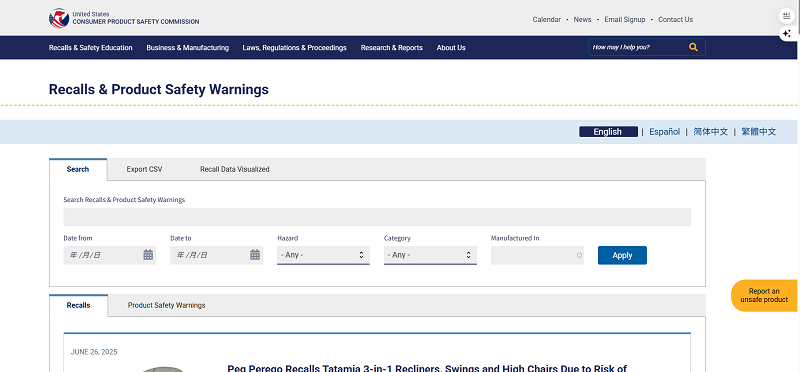
Discovering that your baby’s crib might be unsafe is a frightening thought—but fortunately, there are clear, reliable steps you can take to check whether your crib has been recalled. Staying informed and proactive can help you prevent potential injuries before they happen.
Check the CPSC Recall Database
The Consumer Product Safety Commission (CPSC) is the official U.S. government agency that oversees consumer product safety and serves as the primary authority for issuing product recall notices. To check if your crib has been recalled, visit the CPSC recall page: www.cpsc.gov/Recalls
You can enter key information such as brand, model, or crib type in the search bar on this page.
Each recall notice provides comprehensive information, including product images, specific hazards, manufacturing date ranges, and the corrective actions consumers should take.
Register Your Crib After Purchase
One of the simplest yet most effective ways to stay informed about crib recalls is to register your product with the manufacturer soon after purchase. When you register your crib, you’re giving the manufacturer a direct line of communication to notify you about any safety issues, design defects, or recall alerts that may arise in the future.
Most modern cribs come with a product registration card in the packaging, which you can fill out and mail. Alternatively, many manufacturers now offer online registration through their websites—usually requiring just your contact information, the model number, and the date of purchase.
If a safety issue is discovered down the line, only those who have registered will be directly alerted by the company.
Sign Up for Recall Notifications
CPSC offers a free subscription service that sends recall alerts directly to your email inbox. This ensures that you’re notified as soon as a crib recall—or any baby product recall—is announced, without needing to search manually.
You can visit www.cpsc.gov/Newsroom/Subscribe, where you’ll find options to receive alerts by product category, including infant and children’s products. Once subscribed, you’ll receive official updates with recall summaries, safety concerns, and steps to take if the product affects you.
When in Doubt, Contact the Manufacturer
Even after checking recall databases and inspecting labels, you may still find yourself unsure about your crib’s safety—especially if the information you have is incomplete or unclear. In those situations, the most direct and reliable step you can take is to contact the crib’s manufacturer.
Most reputable manufacturers maintain customer service lines or email support, and they are generally responsive when it comes to safety-related concerns.
When reaching out, it’s helpful to provide any identifying details you have: the model number, date of manufacture, a description of the crib, and where it was purchased, if known. Photos of the crib and its label (if still attached) can also speed up the process.
What Should You Do If Your Crib Is Recalled?
Finding out your crib has been recalled can send any parent into panic mode—but take a deep breath. Here’s exactly what to do next, based on my experience helping families navigate these situations.
First things first—get your baby out of that crib immediately. Even if it looks fine today, recalled cribs have fundamental flaws that can’t be ignored. Move them to a temporary safe sleep space like a Pack ‘n Play or bassinet that meets current safety standards.
Next, locate the official recall notice, which you can usually find on the U.S. Consumer Product Safety Commission’s website or the manufacturer’s site. Often, manufacturers will offer one of the following remedies: a repair kit, replacement parts, a refund, or a brand-new replacement crib.
When it comes time to dispose of the crib, don’t just leave it on the curb intact. You’d be shocked how often recalled cribs get scooped up by well-meaning neighbors or dumpster divers. Take the extra time to break it down completely—saw through the side rails if necessary—and mark pieces clearly with “UNSAFE” in permanent marker.
Finally, never attempt to fix a recalled crib yourself unless you receive a repair kit and instructions directly from the manufacturer. Home repairs or hardware substitutions can compromise the crib’s integrity even further and make it more dangerous.
Avoiding Recalled Cribs When Buying Used
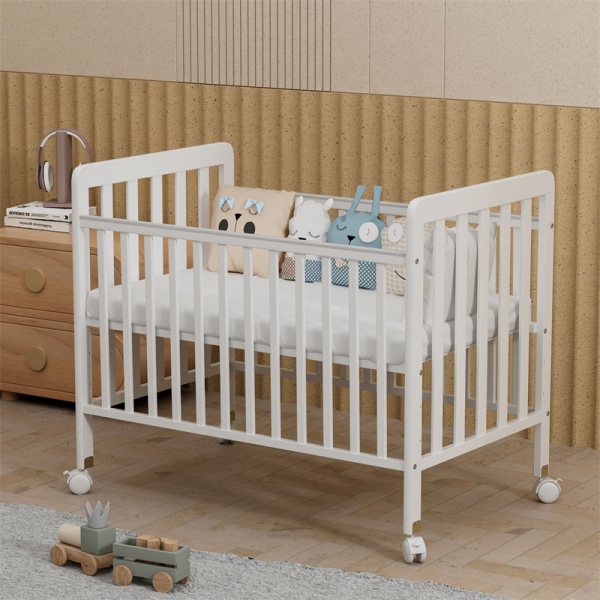
That beautifully crafted vintage crib at the consignment shop might tug at your heartstrings, and the “barely used” model listed online for half the retail price seems too good to pass up. But before you hand over your money, there’s something crucial you should know—the secondhand crib market is where recalled and unsafe models go to find new homes.
The reality is sobering. Government data shows the majority of recalled baby products never actually get removed from homes. They get passed along at garage sales, donated to thrift stores, or resold online by owners who either never knew about the recall or chose to ignore it.
The first step is to insist on checking the manufacturer’s label, which should include the brand name, model number, and date of manufacture. Without this label, you have no reliable way to confirm whether the crib meets current safety standards or has been recalled.
Once you have the model details, visit the CPSC recall database to search for any reported safety issues. It’s a quick and free way to verify the crib’s history and confirm whether it’s still considered safe for use.
One major red flag is the drop-side design, which was banned in the U.S. in 2011 due to its role in numerous injuries and deaths. If you come across a drop-side crib—even if it looks intact or has been “fixed”—it’s not safe to use.
How to Choose a Safer Crib in 2025?
The crib aisle can feel overwhelming—dozens of nearly identical options, all plastered with reassuring safety certifications. However, I can tell you those labels don’t always tell the full story.
When evaluating cribs, start by examining the side rails. The safest options feature one-piece, stationary sides without adjustable height mechanisms.
The crib materials used in construction tell an important story about durability. Solid hardwood cribs, while sometimes more expensive, maintain their structural integrity far better than composite materials that can warp or weaken with humidity changes.
Also, avoid cribs that include bumpers, soft bedding, or inclined sleeping surfaces. Despite their aesthetic appeal, these add-ons increase the risk of suffocation or Sudden Infant Death Syndrome (SIDS).
Finally, take time to read verified customer reviews and safety ratings from trusted consumer organizations. If you’re unsure about a crib’s safety, check whether it appears on any government watchlists or has had past recall activity.
Conclusion
Crib recalls, while unsettling, are a vital part of a safety system that works to prevent injuries and save lives. By staying informed about past and current recalls, checking reliable databases like the CPSC, and knowing how to respond if your crib is affected, you’re taking an active role in protecting your baby.
In 2025, crib safety is stronger than ever, but that doesn’t mean risks have disappeared. Recalls can still happen—sometimes due to unexpected design flaws, manufacturing oversights, or evolving safety standards. Whether you’re shopping for a new crib, evaluating a secondhand one, or already own a crib in your home, the key is to stay alert and ask the right questions.
Recommended Related Articles:
- When to Lower the Crib Mattress?
- When to Transition Baby to Crib?
- What Is a Convertible Crib?
- What Is a Mini Crib? A Complete Guide
- Are Cribs with Changing Tables Worth It? Complete Parent’s Guide
- Are Drop-Side Cribs Safe? What Parents Need to Know
- How to Get Your Baby to Sleep in the Crib After Co-Sleeping?
- Can Twins Sleep in the Same Crib? A Complete Guide for Parents
- Are Crib Bumpers Safe? Latest Pediatric Guidelines
- Crib Alternatives: What Can a Baby Sleep in Besides a Crib?
- Mini Crib Vs Crib: Which Is Best for Your Baby?

